Hey! Lets Talk about your project
We’ll contact you within a couple of hours to schedule a meeting to discuss your goals.
Top Mistakes to Avoid When Implementing an LMS
Posted on : 11 August, 2025
In today’s digital-first world, a Learning Management System (LMS) is no longer a luxury; it’s a necessity. Whether you're part of a school, university, or corporate training department, the demand for digital learning tools is at an all-time high. But while many organizations rush to adopt these systems, they often overlook one critical factor: implementation.
The truth? Even the most advanced LMS will fall short without proper planning and strategy. In this blog, we’ll walk through the most common mistakes businesses and educators make when implementing an LMS and how you can avoid them. Whether you’re exploring the Best LMS Software in India or upgrading an existing system, this guide is your roadmap to successful deployment.
1. Not Defining Clear Goals and Objectives
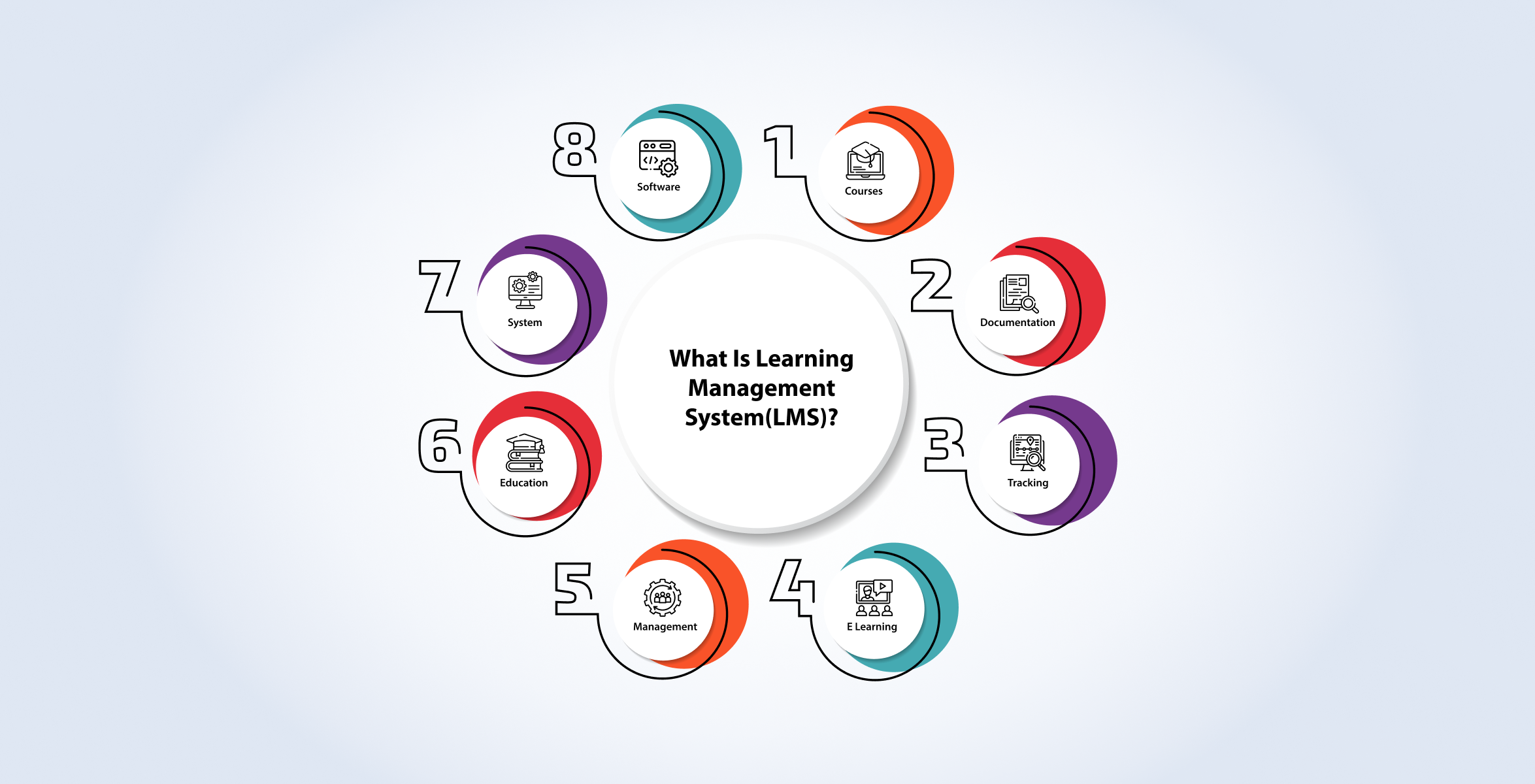
Before even looking at software options, ask yourself: Why are we implementing an LMS? Too many organizations dive into the selection process without clearly identifying their objectives. This often leads to a mismatch between system capabilities and organizational needs.
For example, a school may want to boost student engagement, while a corporate trainer might focus on onboarding efficiency. These are two very different goals and they require tailored LMS solutions.
Instead of vague goals like “we need online learning,” define specific, measurable objectives:
- Increase course completion rates by 25% in 6 months.
- Reduce employee onboarding time by 40%.
Clarity in purpose ensures alignment between technical features and training or academic goals. It also helps in securing stakeholder buy-in across departments. Start with clarity, and your LMS implementation journey becomes significantly smoother.
2. Choosing the Wrong LMS Platform
With dozens of platforms on the market, it’s easy to get swayed by fancy features or sleek user interfaces. But the most popular LMS might not be the right one for your team or institution. One of the most common mistakes is prioritizing trends over tailored functionality.
You need to choose a Learning Management System that matches your exact use case:
- Do you need live class integrations?
- Is multilingual support necessary?
- How many users will access it concurrently?
The platform should grow with your needs, not outgrow you. Don’t forget to assess scalability, support, and ease of integration. Many teams in India now explore the Best LMS Software in India to find localized, cost-effective, and support-rich solutions. Make sure you demo multiple platforms before locking one in.
Also, look for LMS providers that offer dedicated client success managers and customizable modules. These often-overlooked factors significantly impact your long-term satisfaction.
3. Ignoring User Experience (UX)
A flashy dashboard means nothing if users can’t find what they need. LMS platforms that are difficult to navigate often see low adoption rates. And let’s face it: nobody enjoys a clunky system, especially learners.
UX isn’t just about aesthetics; it’s about intuitive design, responsive pages, and easy content access. Mobile compatibility is also essential, especially with learners accessing courses on phones or tablets.
Your LMS should offer consistent user journeys across different devices and browsers. When learners encounter the same interface and experience whether they log in via laptop or mobile, it strengthens confidence and usability. Think about it this way: if your users are spending more time figuring out how to use the platform than actually learning, your LMS is failing its purpose.
Moreover, accessibility features like screen reader support, keyboard navigation, and adjustable text sizes make the LMS inclusive for all learners, including those with disabilities.
4. Lack of Proper Training and Onboarding
An LMS doesn’t run on autopilot. Yet, many organizations roll it out with the assumption that users will just figure it out. That’s a costly mistake.
Your administrators, instructors, and learners all need structured onboarding. This could include:
- Live walkthroughs
- Video tutorials
- FAQ documents
- Dedicated support channels
Providing training at every level ensures your investment doesn’t go to waste. When users feel confident using the system, adoption and satisfaction soar.
Also, consider assigning LMS champions or internal experts in different departments who can support their teams and encourage adoption. The more self-sufficient your users become, the less strain on technical support.
5. Underestimating Content Strategy
The LMS is a delivery tool, not the actual course. What you feed into the system matters even more than the platform itself. Poor content strategy can make even the most robust LMS feel underwhelming.
Here’s where many go wrong:
- Uploading text-heavy PDFs without interactivity
- Using outdated video lectures
- No clear progression in lessons
Learners thrive on engagement. Use a mix of formats: quizzes, videos, discussions, and simulations. Align content with learners’ levels and ensure it ties back to the broader educational or corporate goals.
Content should also be regularly reviewed and updated to remain relevant. Include interactive scenarios, gamified lessons, or case studies to keep engagement levels high. When learners enjoy the content, retention and completion rates naturally rise.
6. Failure to Integrate with Existing Systems
Imagine manually entering the same data into your HR software, CRM, and LMS. Not only is it inefficient, it increases the risk of errors.
One overlooked aspect of LMS implementation is its ability to integrate with existing systems. Whether it's a Student Information System (SIS) for schools or HR software for corporates, integration ensures smooth operations.
When your LMS can pull data from and push updates to other platforms, it becomes a seamless part of your digital ecosystem. This eliminates duplication, ensures consistency across databases, and allows for more powerful reporting and analytics.
Always ask your LMS provider about integration APIs or ready-made connectors with popular platforms like Zoom, Google Workspace, Salesforce, or Microsoft Teams.
7. Skipping Feedback and Iteration
No implementation is perfect on the first go. But many teams launch their LMS and then… nothing. No feedback forms, no analytics reviews, no system audits.
This passive approach is a recipe for stagnation. Build feedback loops from day one:
- Send periodic surveys to learners and instructors.
- Use LMS analytics to monitor drop-off points and completion rates.
- Continuously improve based on real-world insights.
Iteration is a crucial component of long-term success. It helps align the system more closely with your evolving goals and learning models.
8. Neglecting Compliance and Data Security
Especially relevant in LMS in education and corporate settings, data security isn’t just a backend concern, it’s a frontline issue. Educational institutions handle sensitive student data, while companies may store proprietary training materials and employee records.
Ignoring compliance with data protection laws like GDPR or India's IT Rules can lead to hefty fines and loss of trust.
What to ensure:
- Encrypted data transfers
- Role-based access
- Backup and disaster recovery systems
- Clear audit logs
Ensure your LMS offers user activity monitoring and audit capabilities to comply with legal and industry regulations. Having this built-in not only protects you but also enhances transparency.
9. Overlooking Support and Maintenance
Your LMS is not a plug-and-play device. It requires constant monitoring, updates, and troubleshooting. Yet, many organizations budget for the implementation but forget ongoing support.
What happens when:
- A video doesn’t load?
- A quiz fails to record results?
- Users forget their login info?
Make sure your LMS provider offers ongoing tech support, system health checks, and feature upgrades. If not, be prepared to assign an internal team or partner with a third-party agency.
Also, keep an eye on vendor roadmaps to ensure your LMS will evolve with technological changes such as AI-based learning recommendations or VR integrations.
10. Not Measuring Success with KPIs
You can’t improve what you don’t measure. A common mistake is launching the LMS and simply assuming it’s working.
You need hard data:
- Course completion rates
- Learner satisfaction scores
- Time spent per module
- Assessment results
Tracking Key Performance Indicators (KPIs) gives you visibility into what's working and what’s not. Tie these metrics back to your original goals and adjust accordingly.
Setting quarterly benchmarks and reviewing them with stakeholders can keep your implementation aligned and performance-driven. Data-backed decisions ensure your LMS remains a valuable asset rather than a cost center.
Final Thoughts
Implementing an LMS is not just a technical task; it’s a strategic one. While the potential for growth, engagement, and streamlined learning is enormous, that potential is often lost due to avoidable mistakes.
Start by setting clear goals, choose the right platform, focus on usability, and never underestimate the importance of training, content, and feedback. Whether you're rolling out an LMS for corporate training or modernizing your school’s digital classroom, these lessons apply.
If you're in the market for the Best LMS Software in India, remember: the right platform paired with the right strategy is what sets successful implementations apart.
When done right, a Learning Management System becomes more than software; it becomes the foundation of modern, scalable education. And in the ever-evolving world of LMS in education, avoiding these mistakes is the first step toward success.
Looking for a trusted LMS implementation partner?
At IPIX Technologies, we help organizations seamlessly deploy tailored Learning Management Systems that align with their unique goals. From platform selection to onboarding and ongoing support, we ensure your LMS investment delivers measurable value. Explore our LMS solutions and discover how we can transform your digital learning journey.




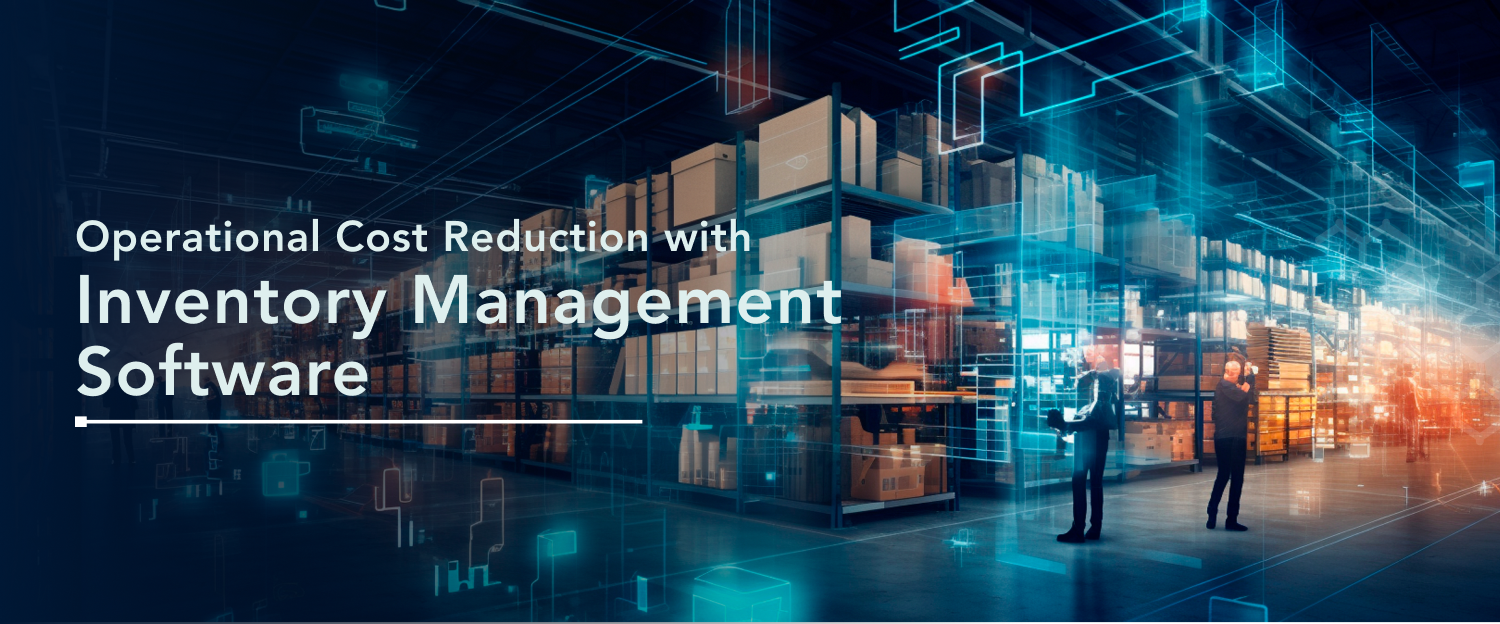

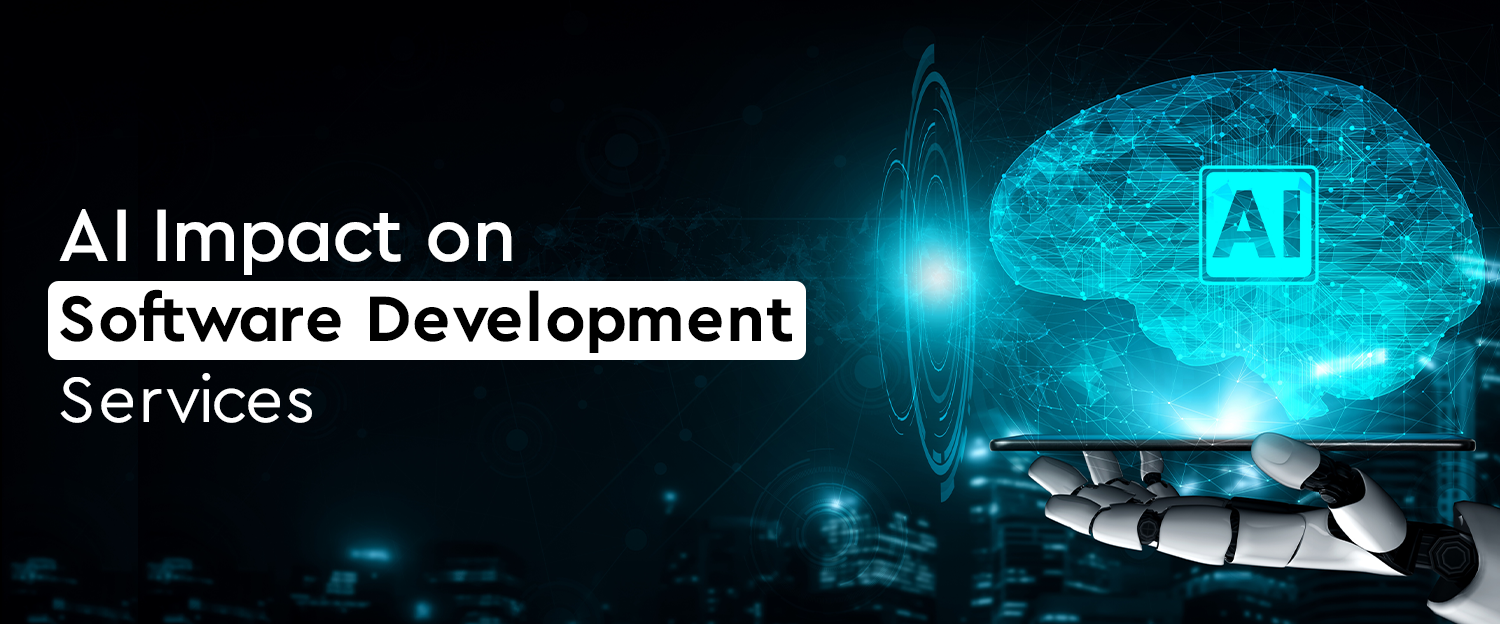
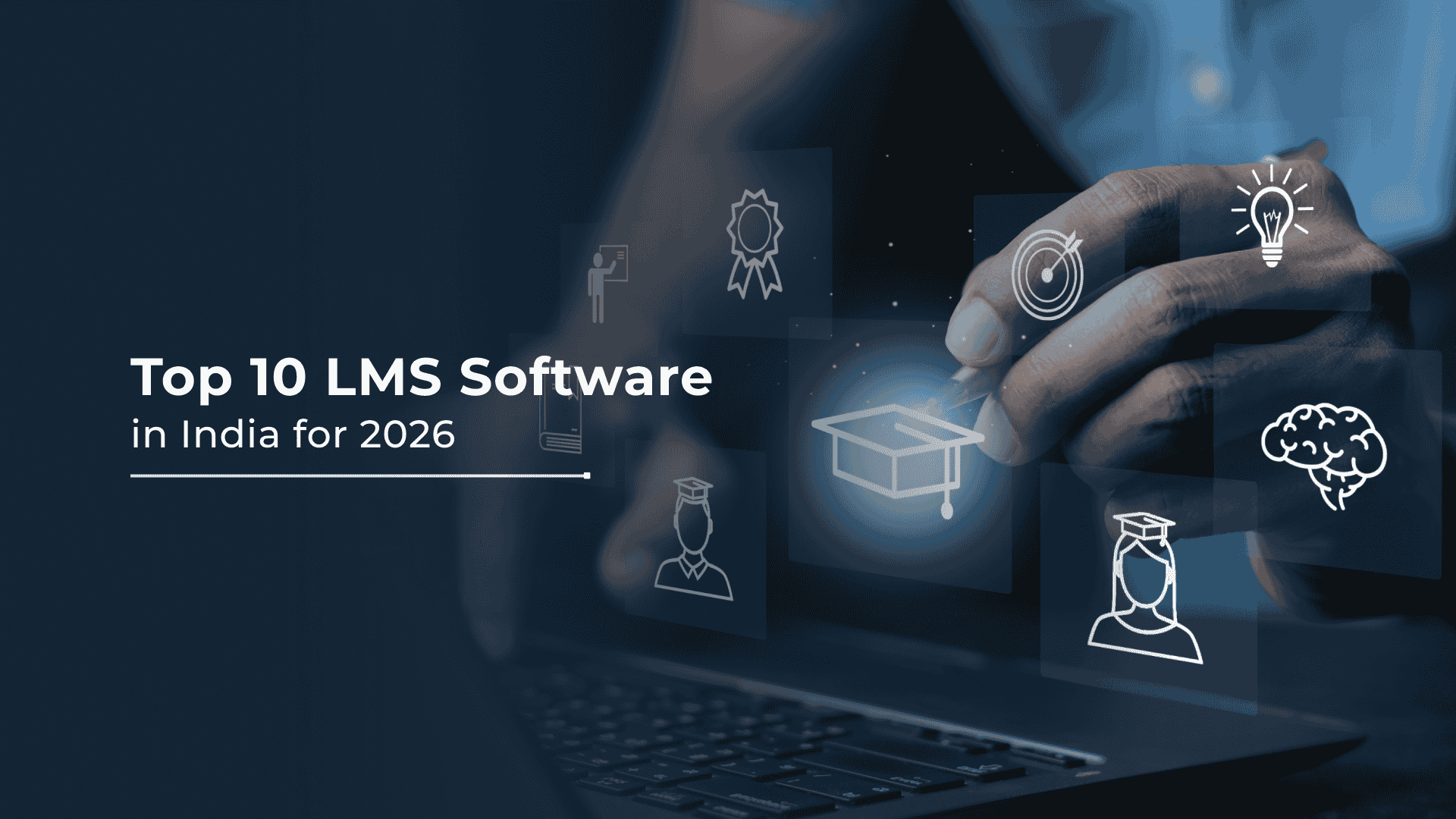
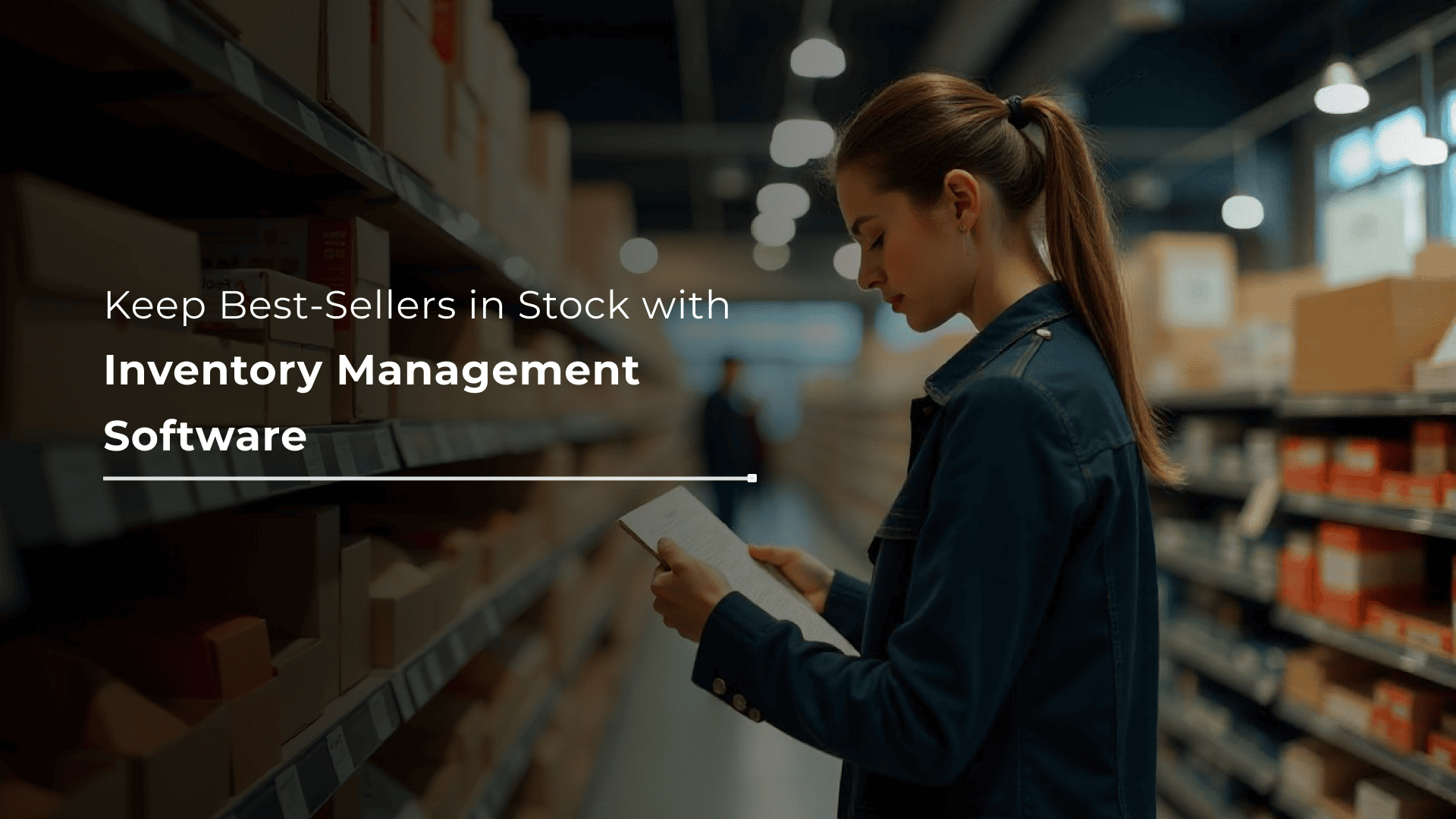
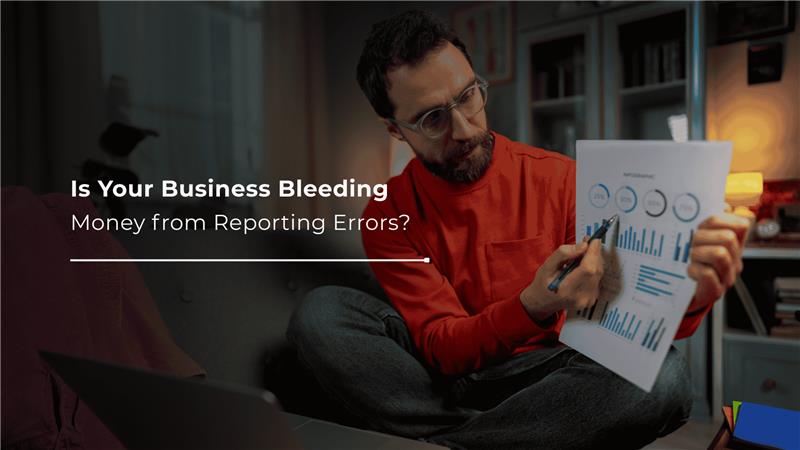

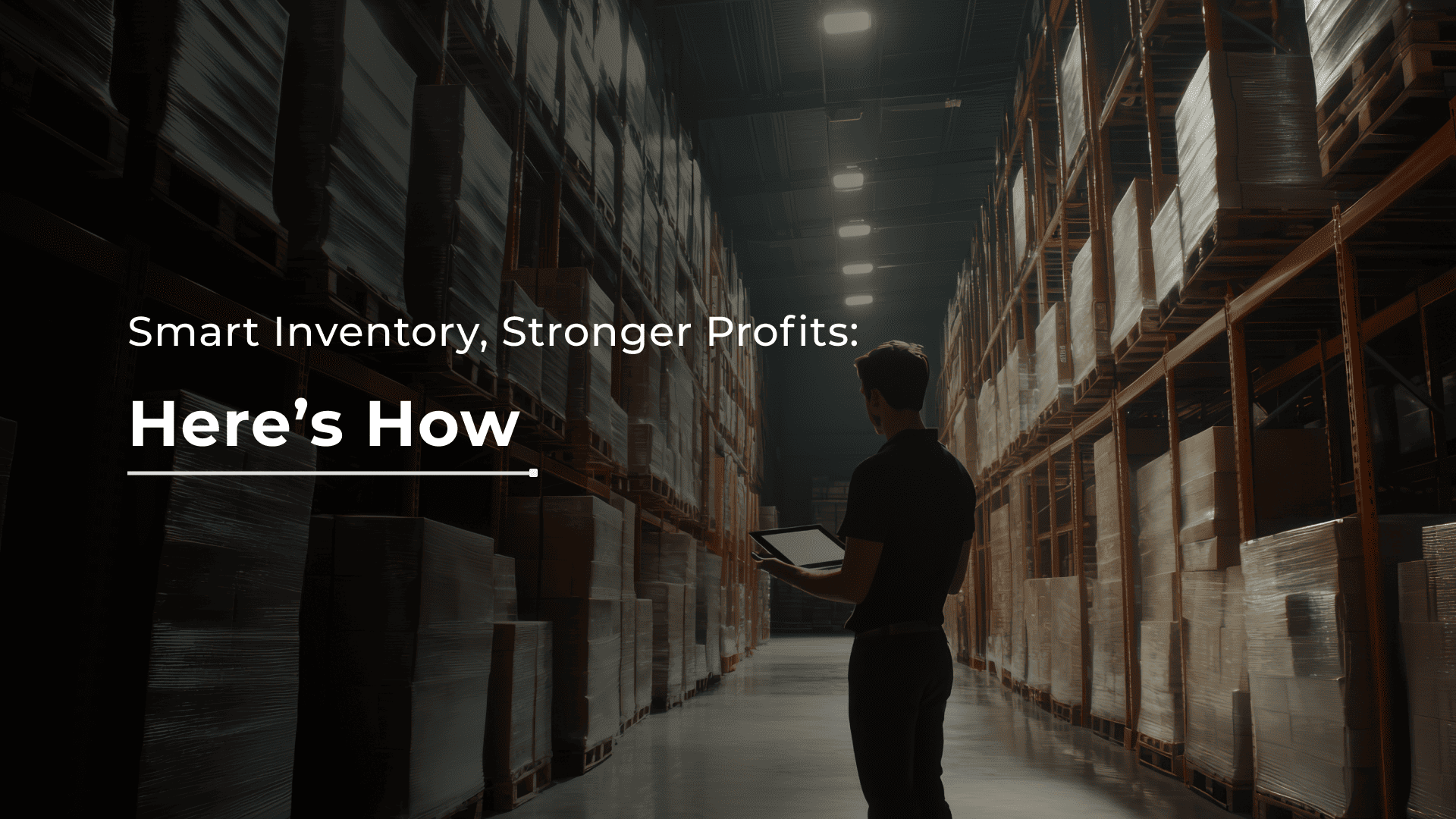
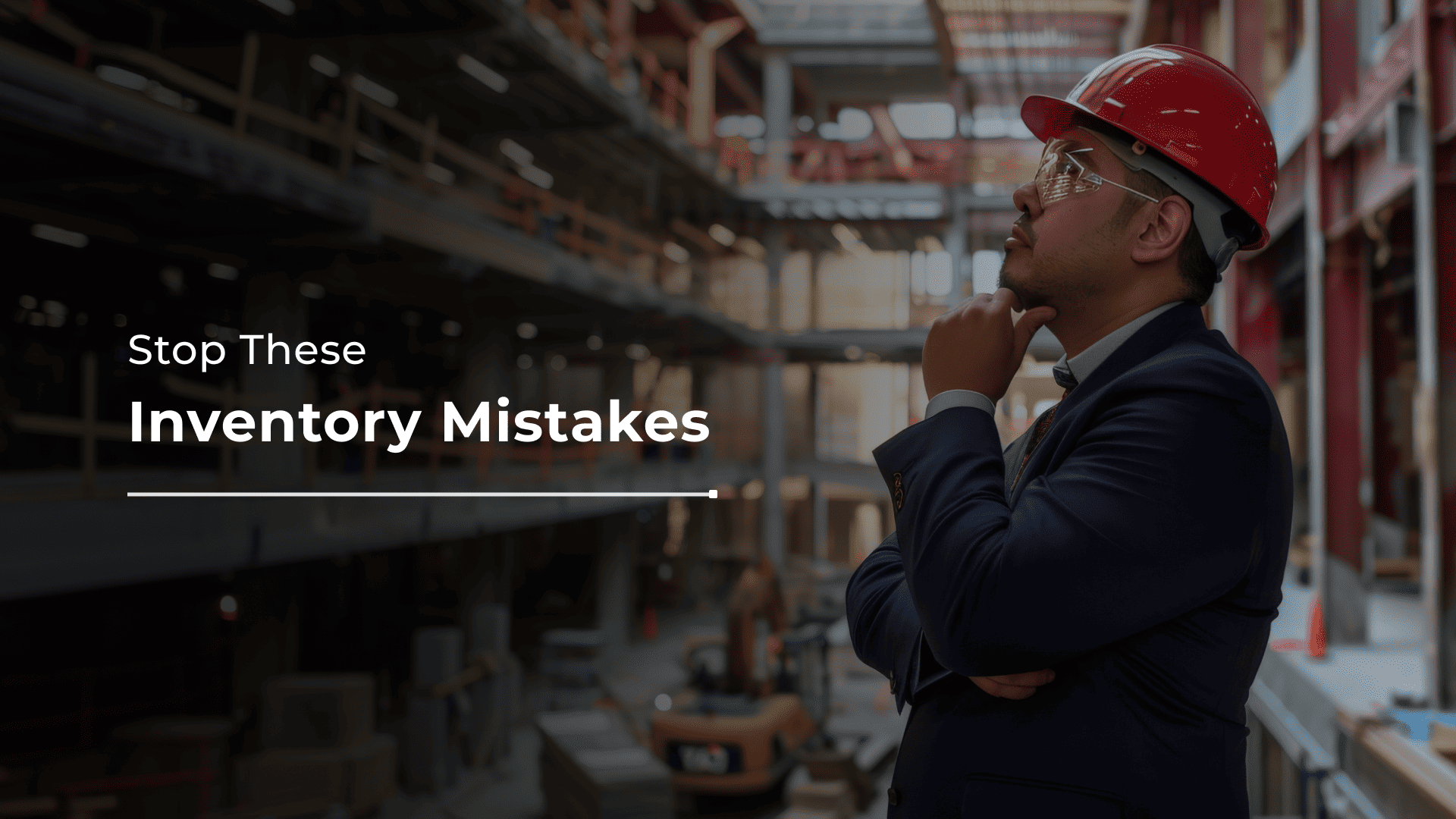
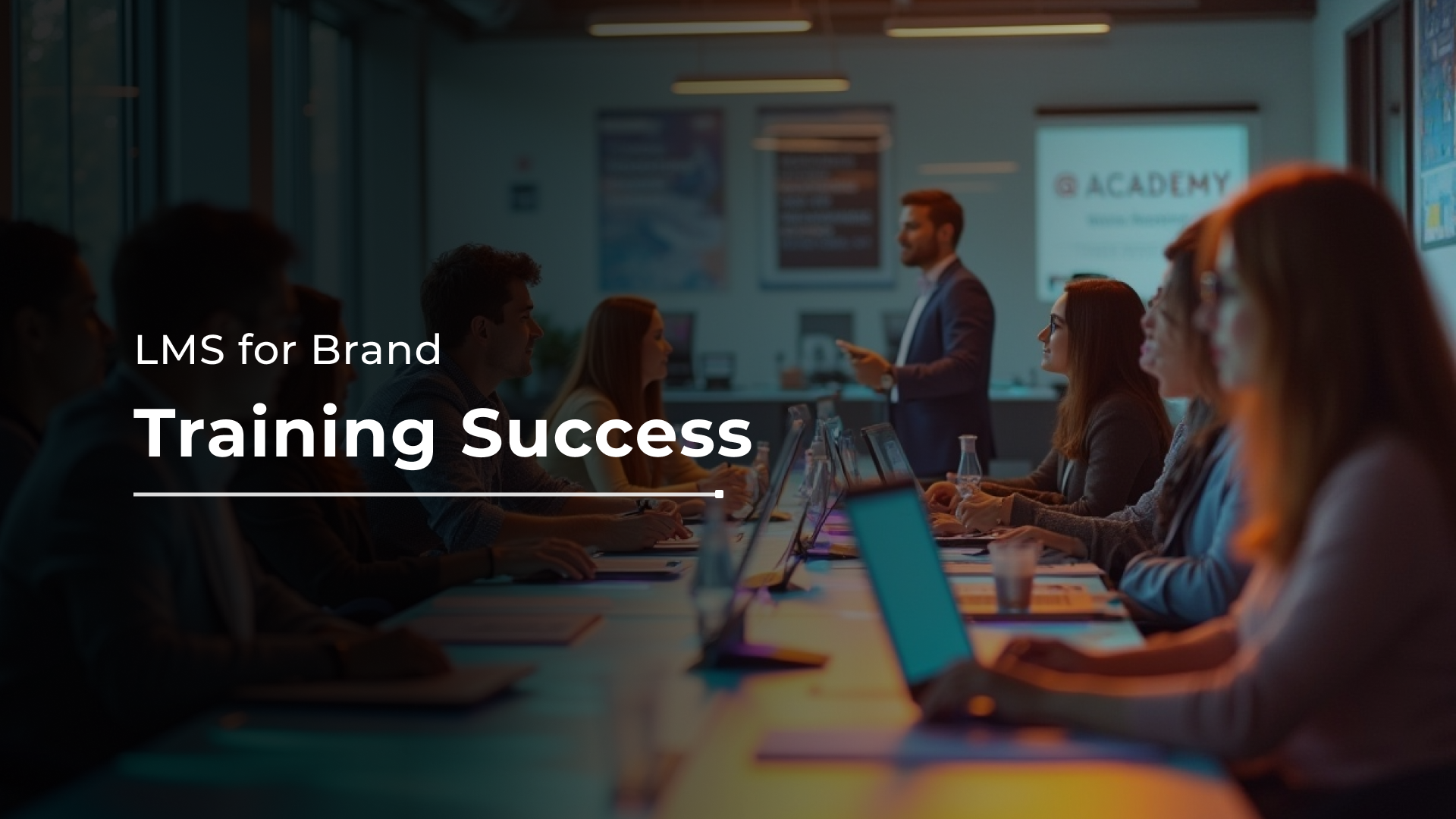
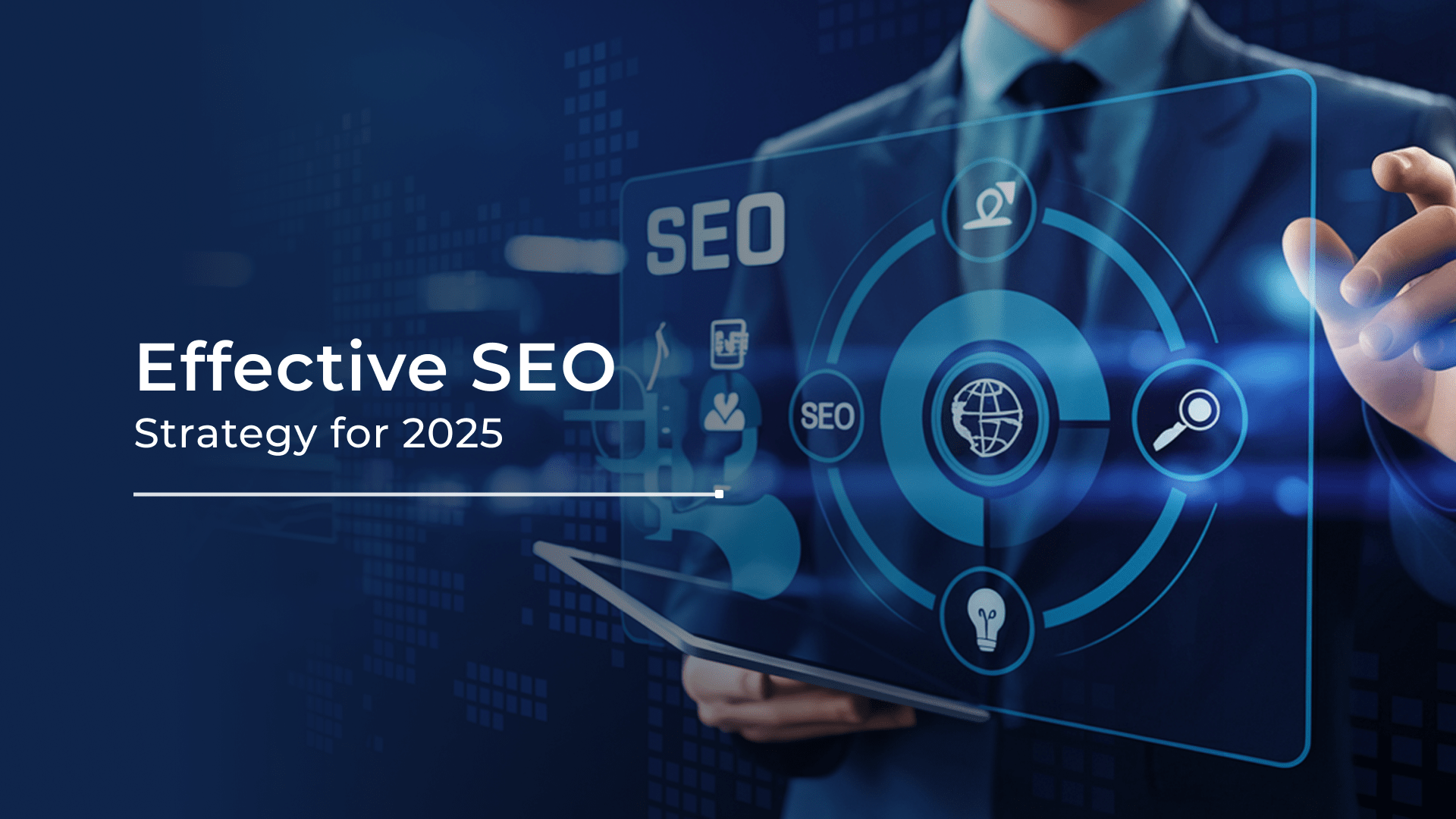
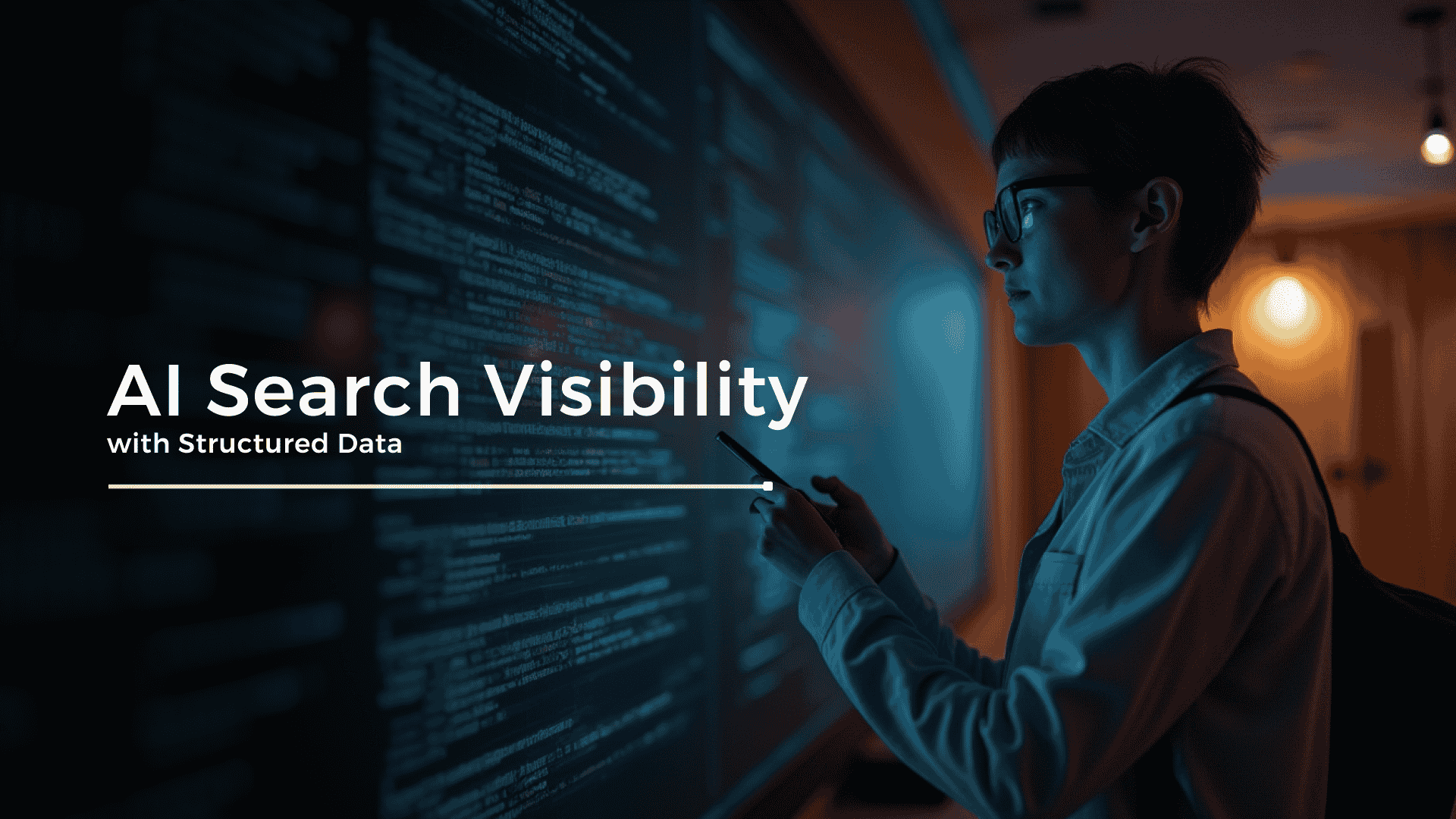
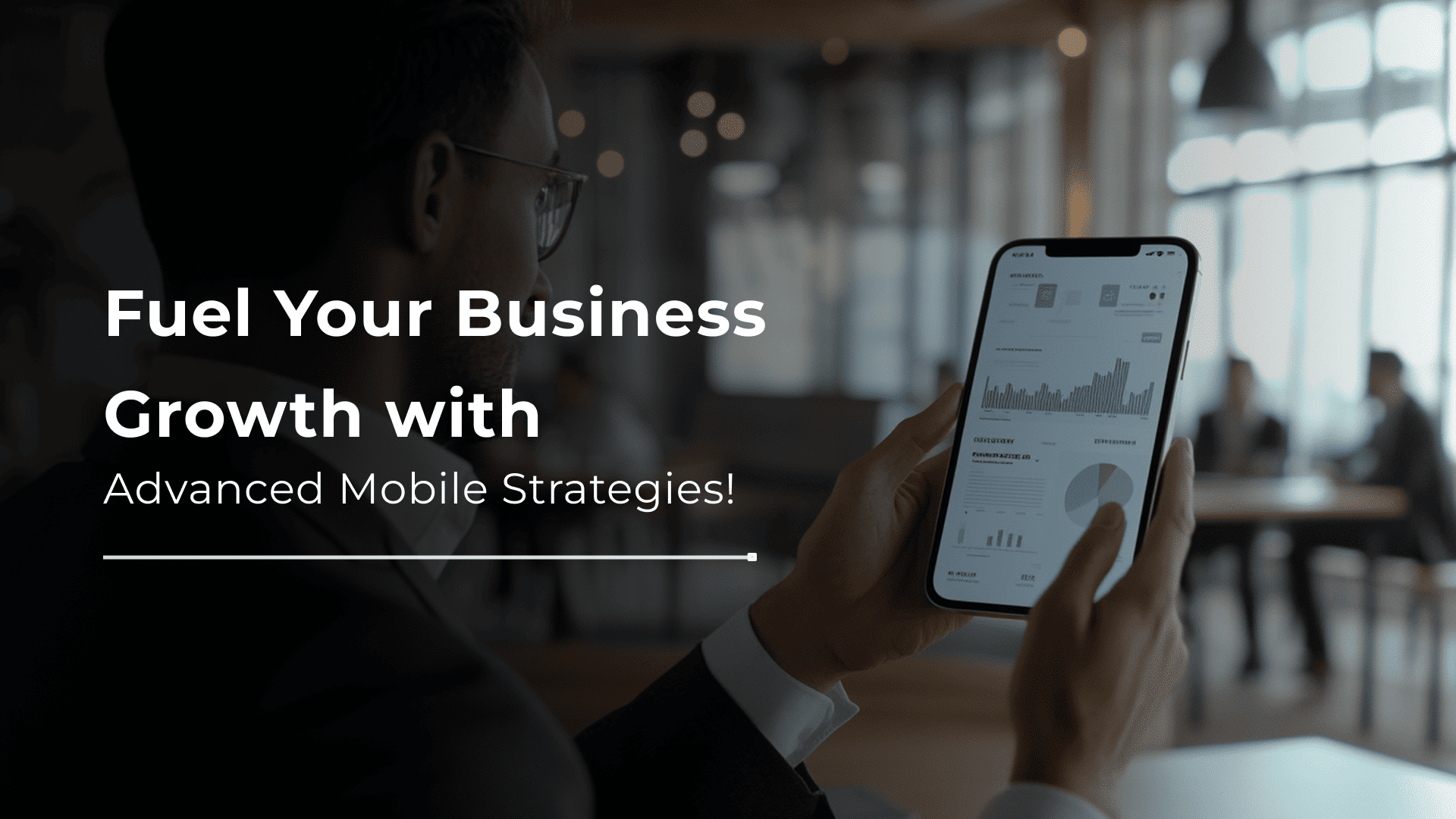
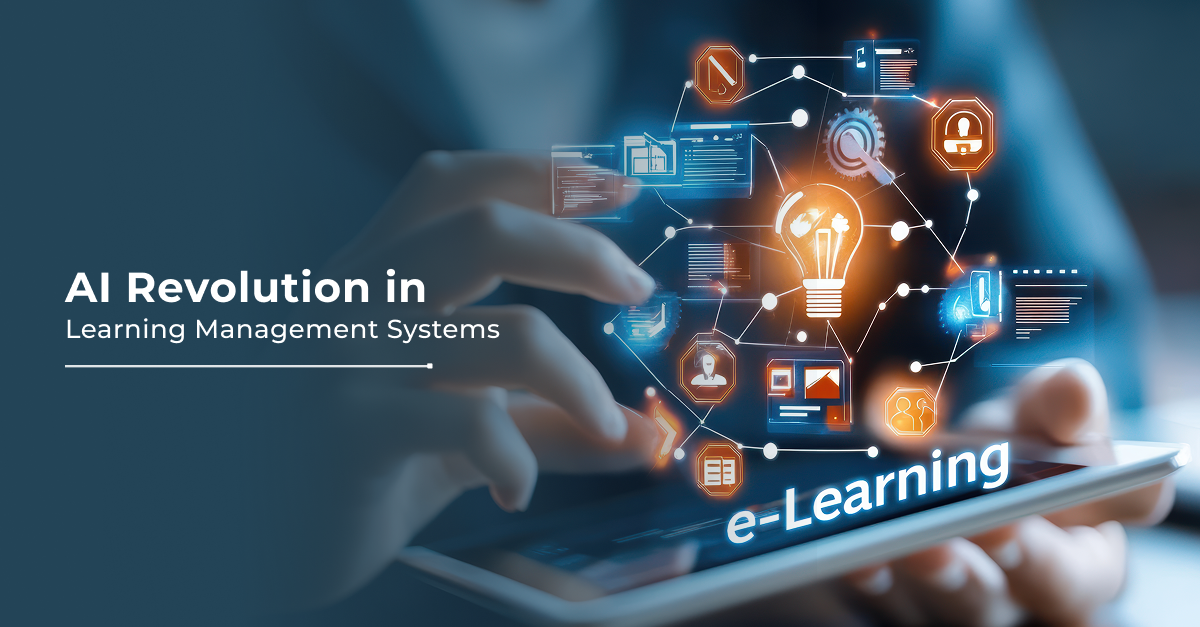
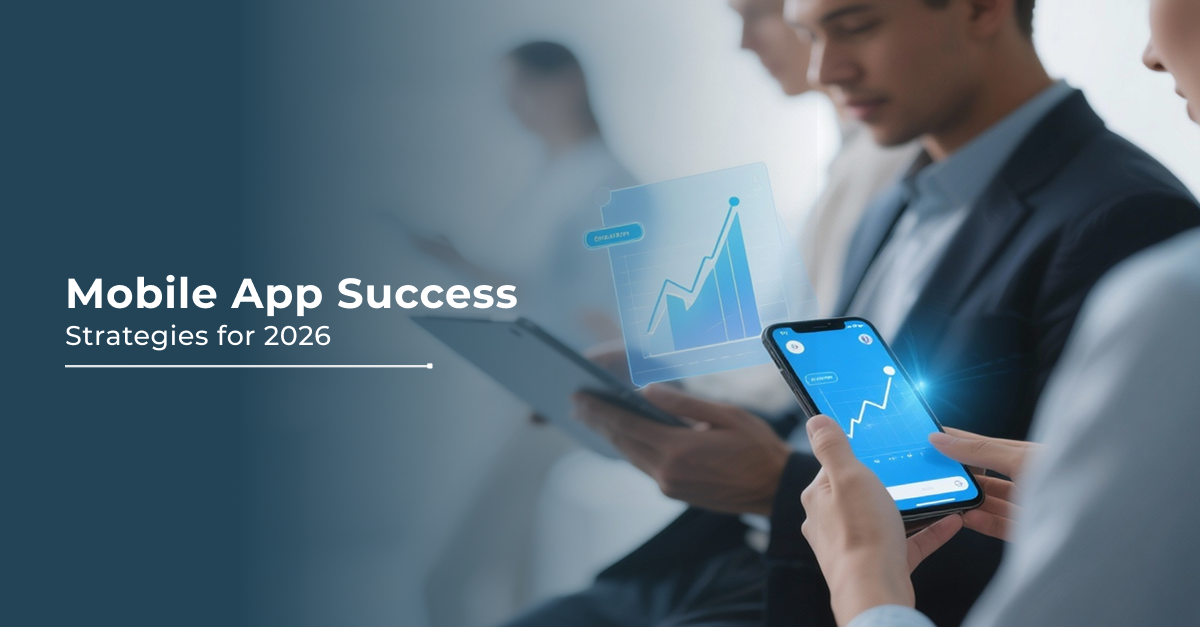
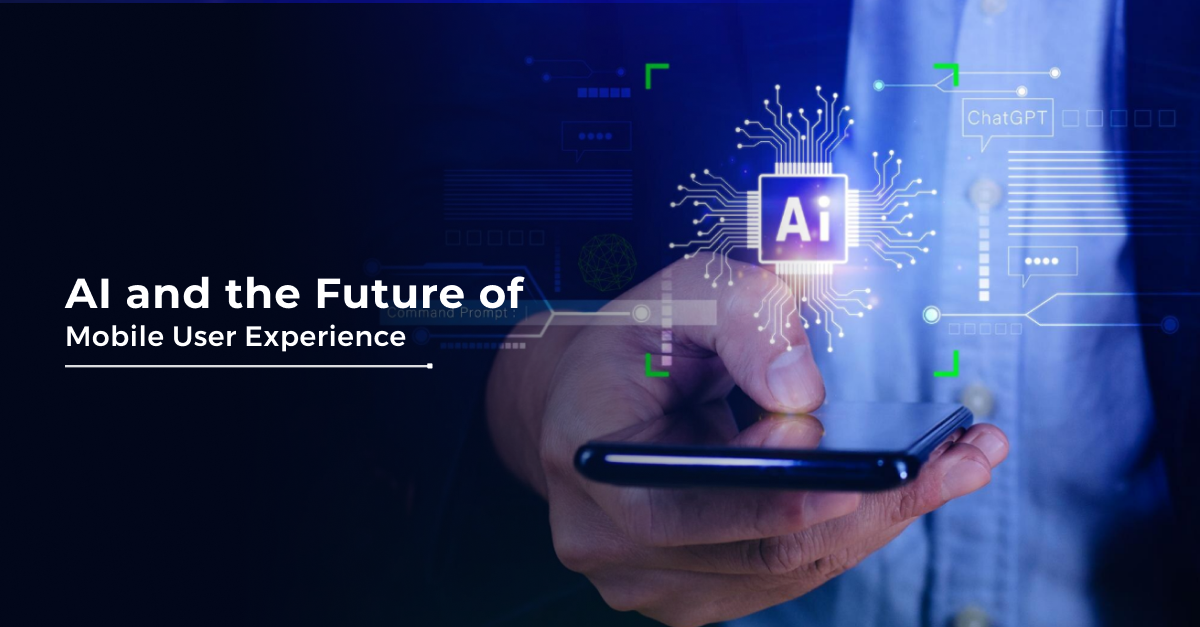


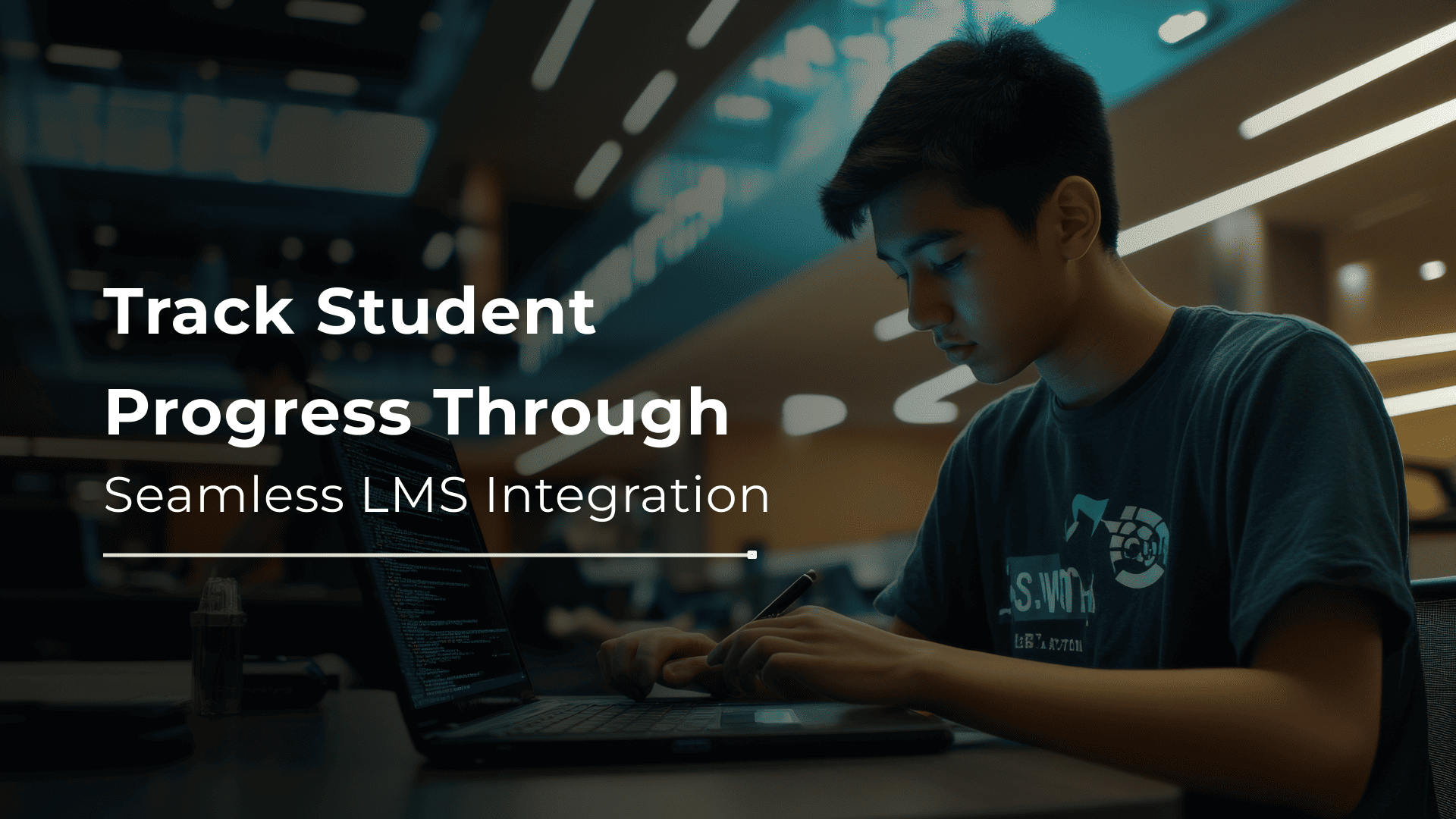

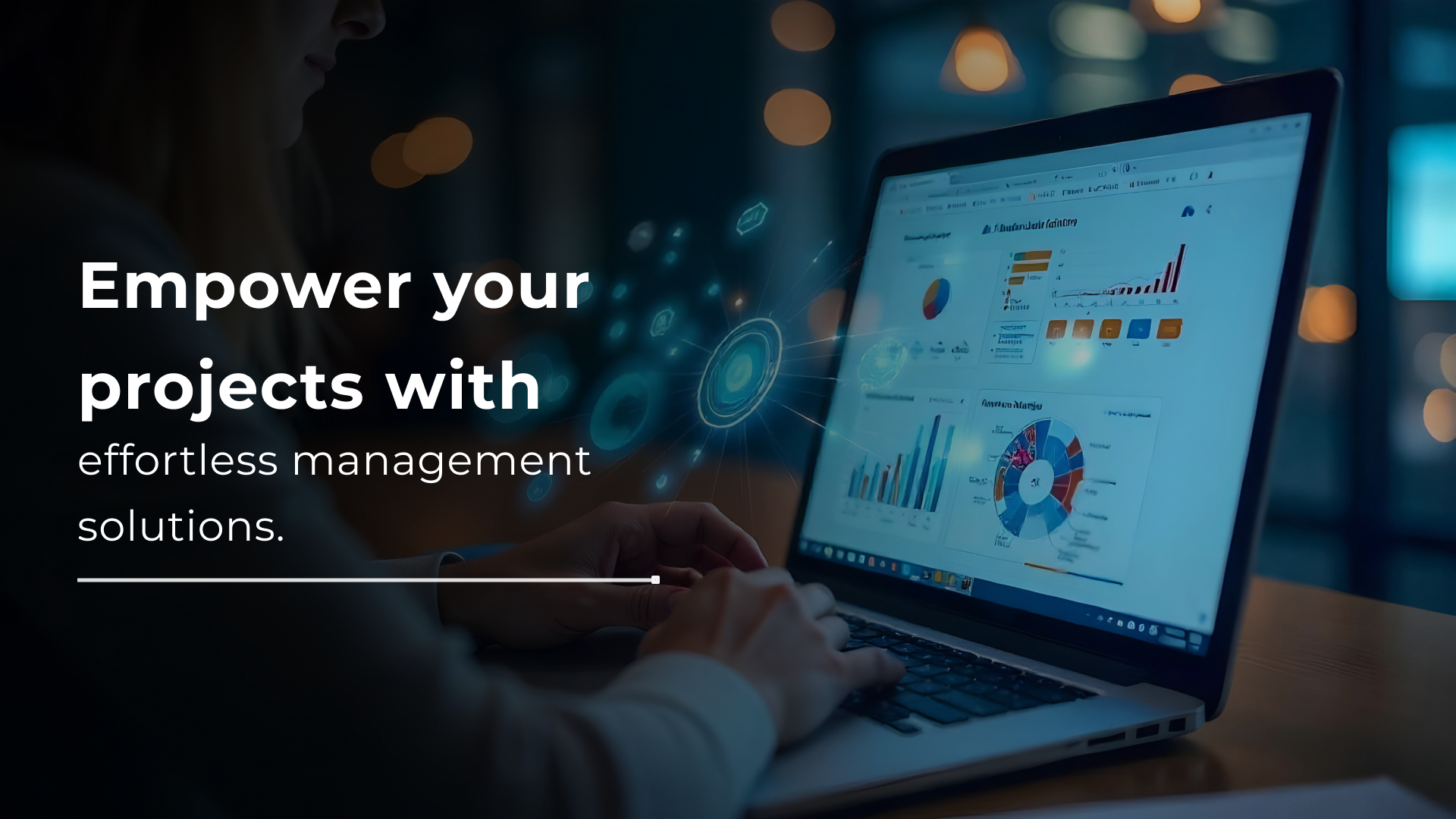
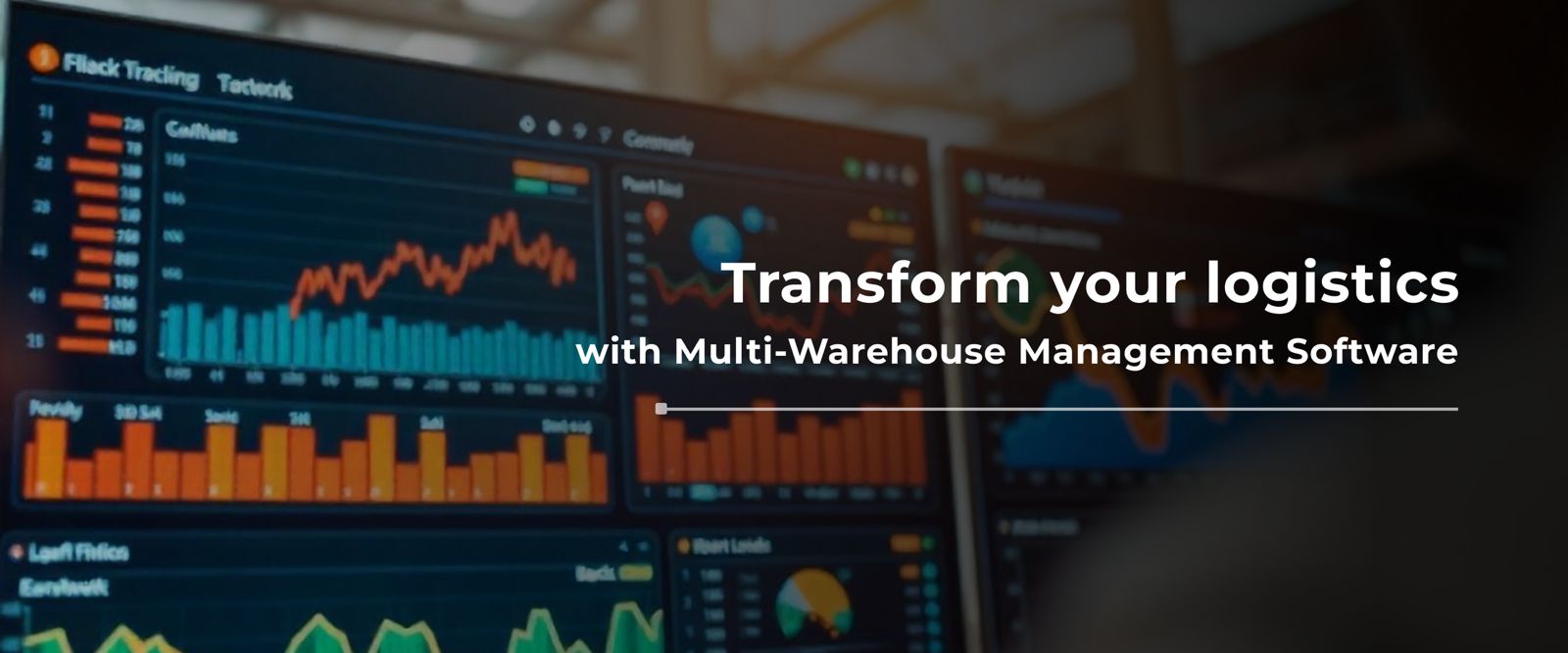
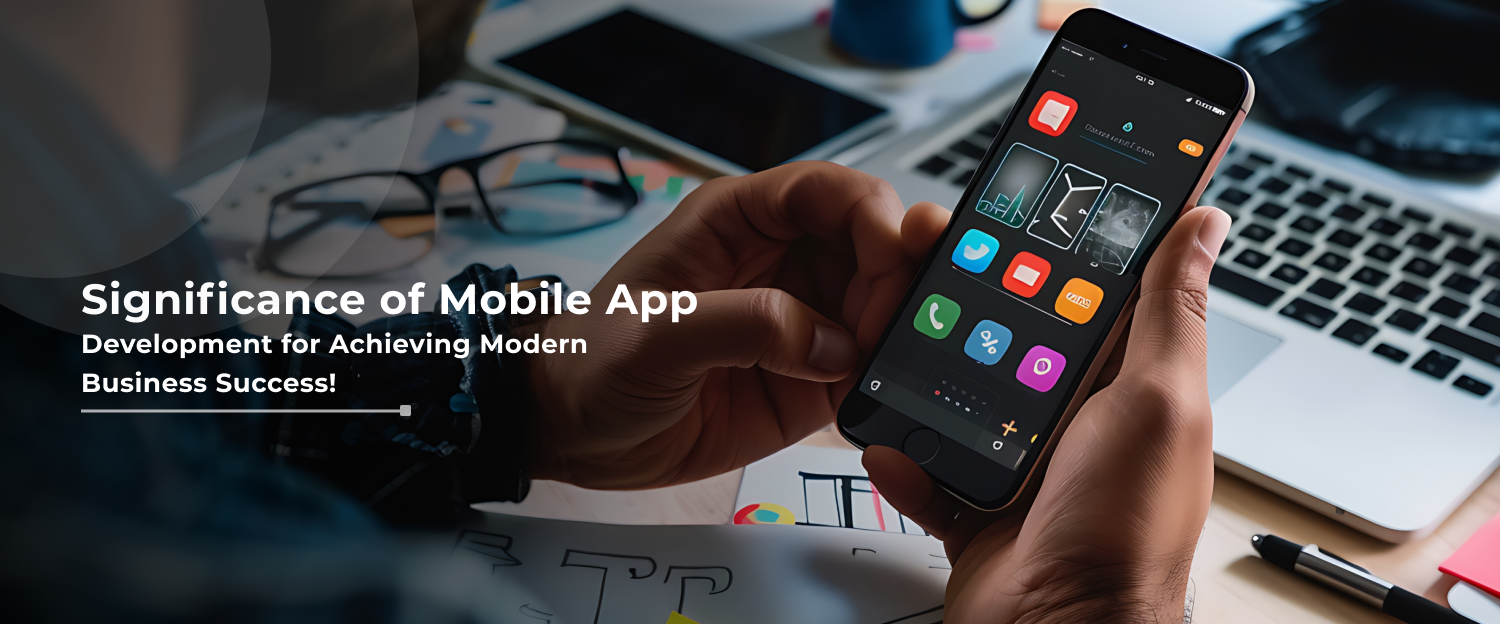
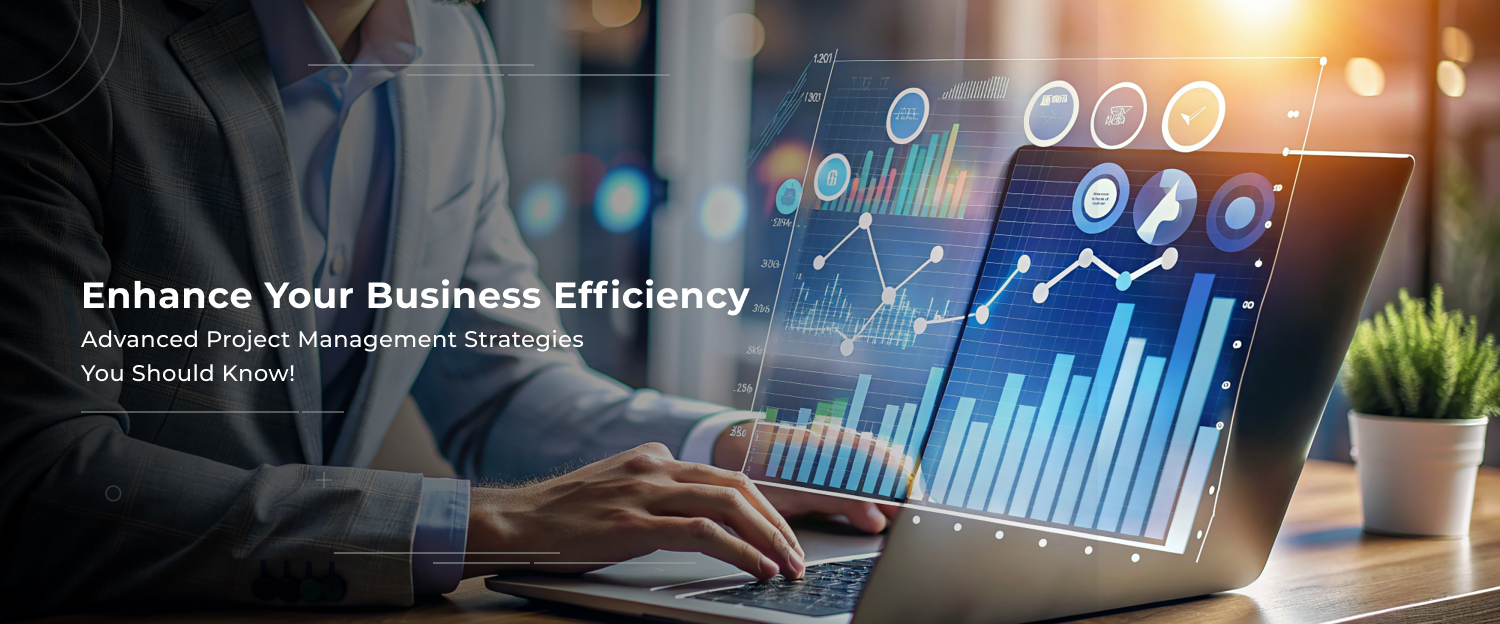
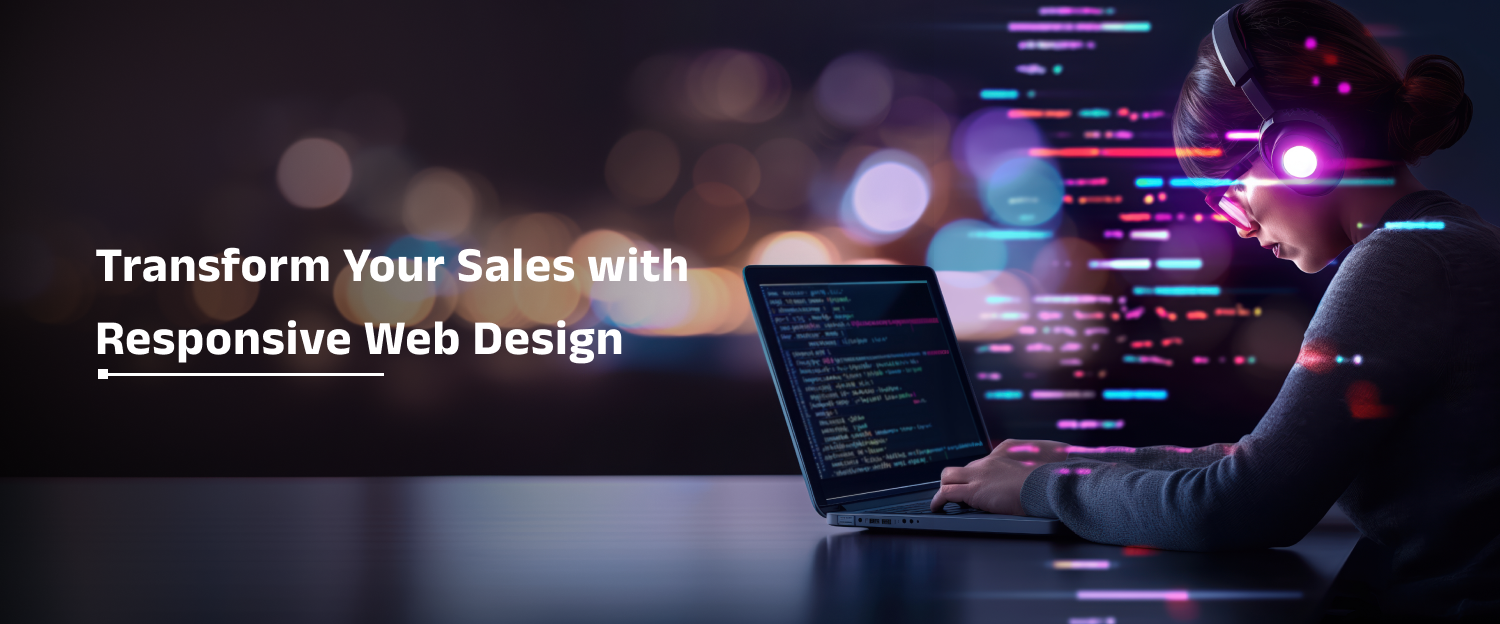


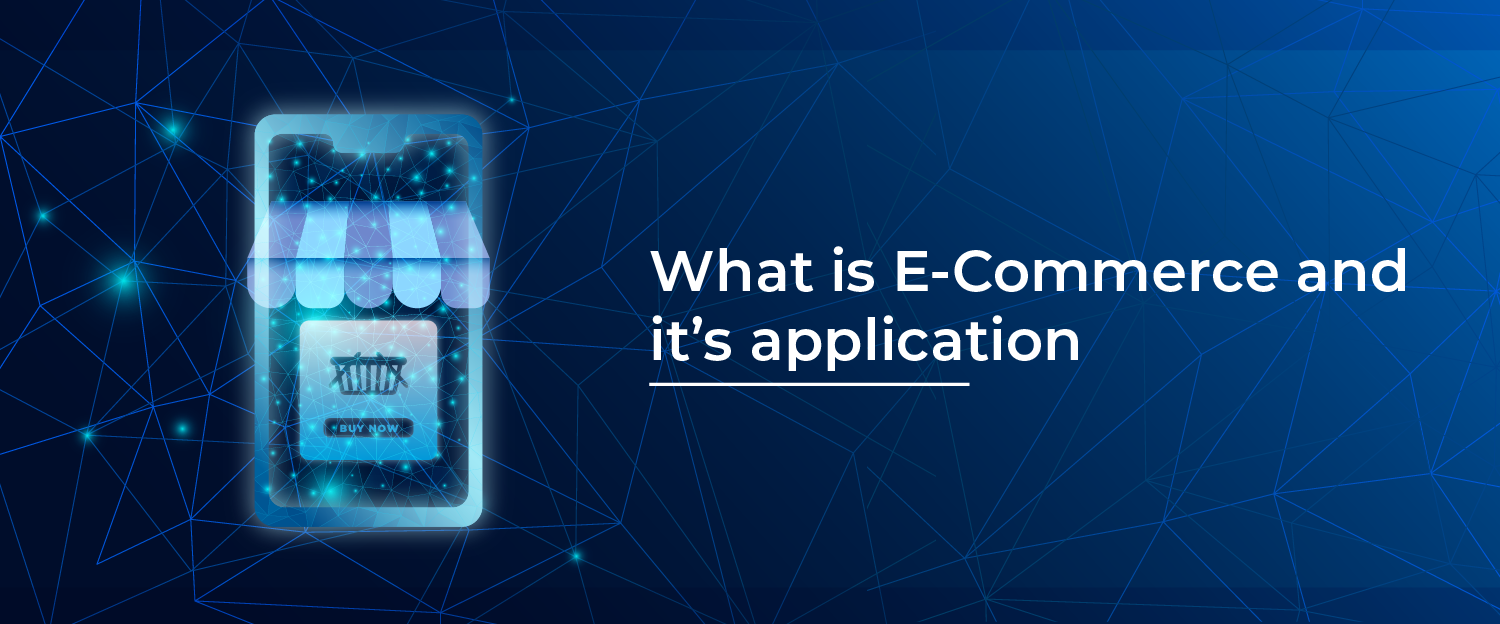

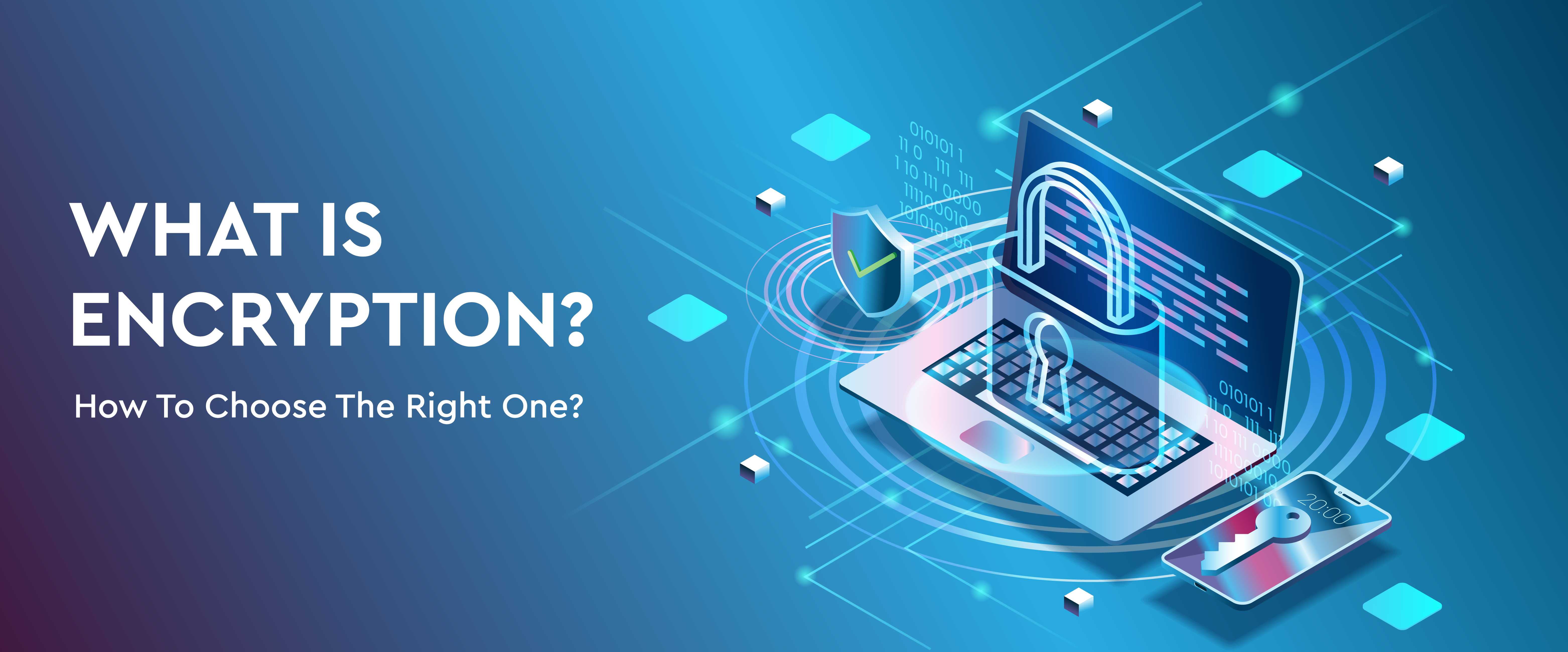
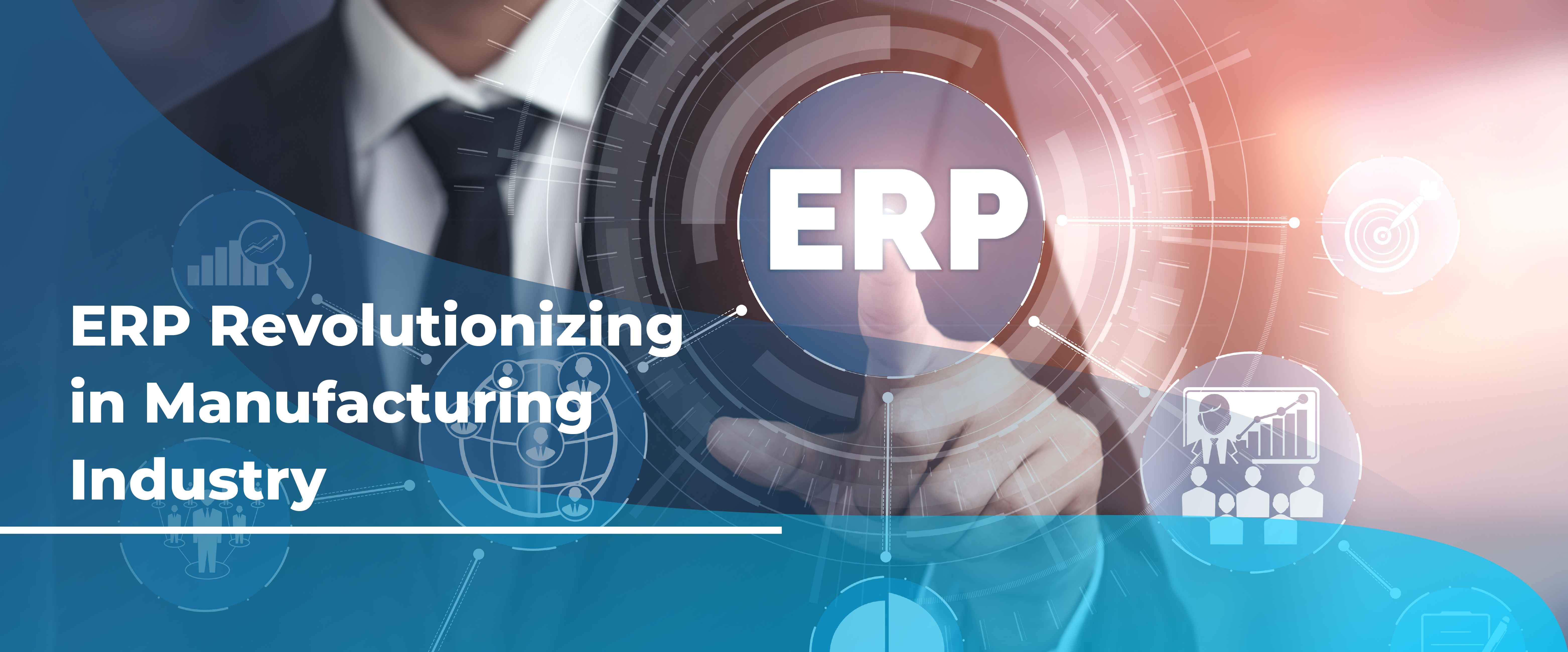
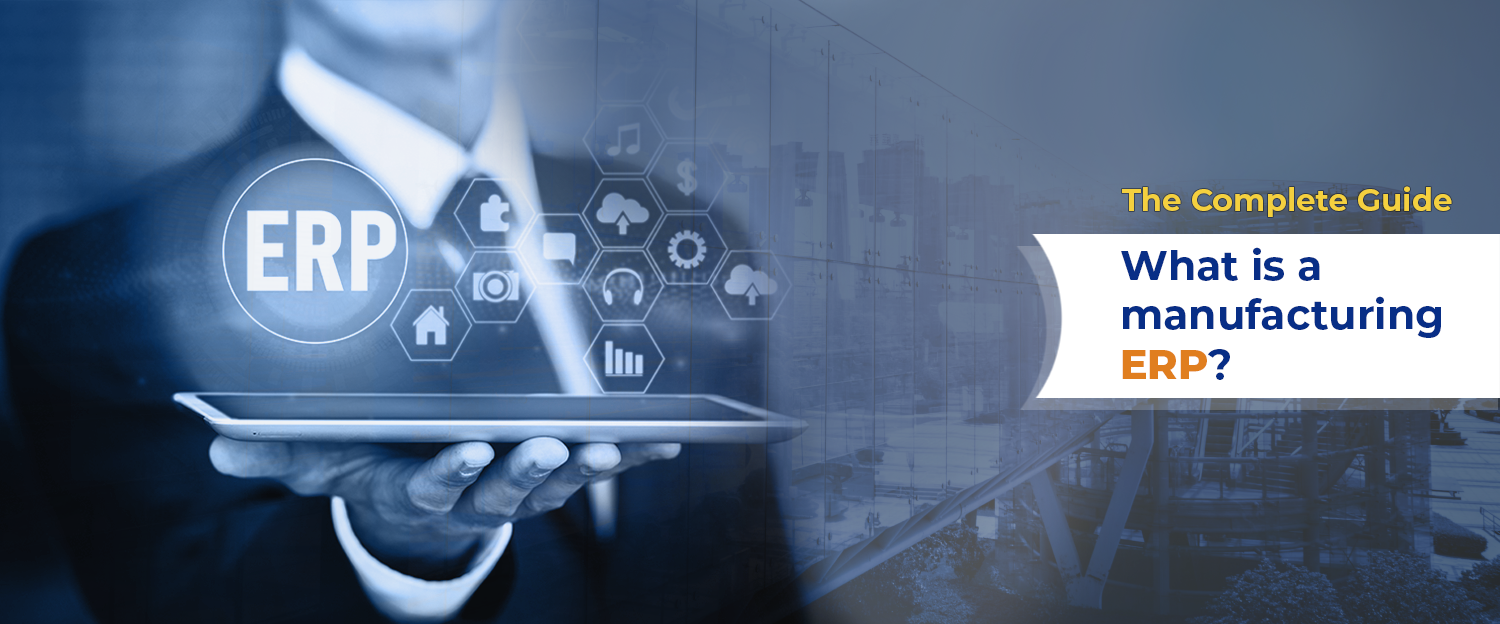
 Talk to our Expert
Talk to our Expert
